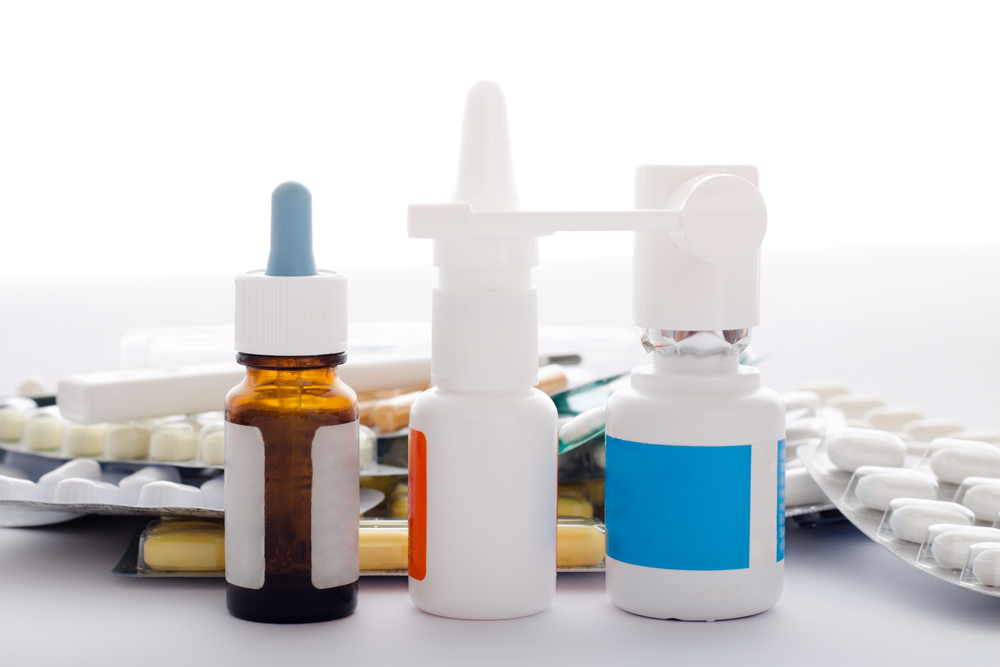#AANAM – L-DOPA Nasal Delivery System May Offer New Way to Manage Parkinson’s OFF Episodes

Impel NeuroPharma has developed an inhaler to administrate a powder formulation of levodopa (L-DOPA) so people with Parkinson’s disease can more easily manage their symptoms.
Evidence of the potential of this new treatment strategy was presented at the 2019 American Academy of Neurology (AAN) annual meeting in Philadelphia, in a poster titled “Preclinical Development of a Novel Precision Olfactory Delivery (POD®) – L-dopa Drug- Device Combination Product for the Treatment of OFF Episodes in Parkinson’s Disease.”
Levodopa is the gold-standard strategy used to achieve motor symptom relief in Parkinson’s disease. It is associated with the greatest improvement in motor function in these patients when compared with other available therapies designed to work in similar ways, and overcome the low dopamine levels in the brain that cause Parkinson’s.
Dopaminergic medications, including levodopa, enable Parkinson’s motor symptom control. However, as disease progresses, patients typically need to gradually increase treatment dose for maximum benefit and even after that they may still experience reappearance or worsening of symptoms (OFF periods) due to diminishing effects of the therapy. Evidence indicates that patients need to achieve 400 ng/mL L-DOPA levels circulating in the blood for their motor symptoms to ease.
The complexity of neurological disorders, the difficult access to the brain, and the high risks and costs of drug development represent serious disadvantages for improving therapies. Nose-to-brain drug transport offers an attractive alternative strategy attempting to enhance drug penetration into the central nervous system.
The Precision Olfactory Delivery (POD) device is a nasal therapy delivery system that allows easy access to a large tissue surface well-suited for rapid and consistent absorption of therapeutic compounds. Researchers manufactured more than 50 powder L-DOPA formulations and 30 of those were evaluated in preclinical animal models.
Researchers showed that using the POD system, it was possible to achieve 400 ng/mL L-DOPA levels circulating in the blood (the amount found to be clinically necessary to effectively ease motor symptoms) in about 5 to 12 minutes in non-human primates. This represents three- to five-fold improvement in levodopa delivery in comparison to currently available formulations.
Regarding anatomy or response to therapies, no other animal species is as close to humans as primates, so they are often used to test the safety and viability of therapies. They also allow an easier and truer extrapolation of findings to the “human reality,” making scientists better equipped to identify therapies that may reverse OFF episodes in Parkinson’s patients.
These preliminary results demonstrate that “a powder formulation of L-DOPA delivered to the vascular-rich upper nasal cavity with the POD device” can provide a way for self- or caregiver- administrated therapy and “achieve consistent and rapidly effective treatment to abort OFF episodes,” researchers said. “This work has led to the selection and further evaluation of a novel formulation in a Phase 2a clinical study.”
The study (NCT03541356) is currently recruiting patients with Parkinson’s disease at four clinical sites in Australia. For more information, visit the registry page here.
Up to 36 Parkinson’s patients, age 40 and up, will be randomized to take levodopa or a placebo administrated by a POD device. Researchers will assess the ability of the new formulation to manage OFF periods of motor symptom control, as well as its safety and tolerability.






